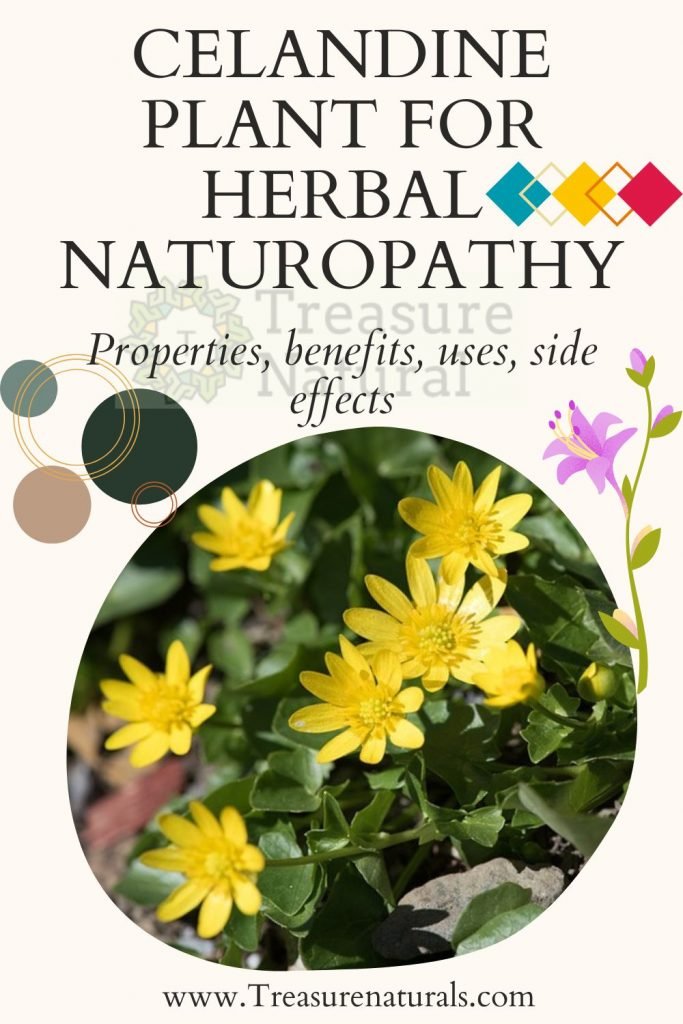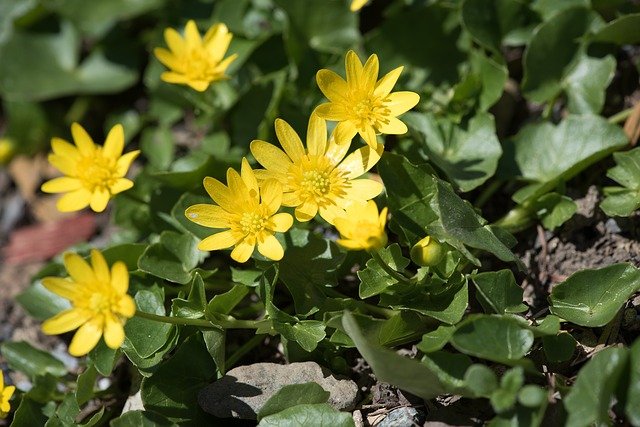
Celandine (Chelidonium majus) is a plant of the Papaveraceae family. Known for its antispasmodic, cholagogue and choleretic properties, it is also useful against dermatological diseases. Let’s find out better.
Property of Celandine
The stems of celandine contain a latex rich in active ingredients that give the plant various meicamentous properties. Among these the most important are:
- Antispasmodic property useful in case of cramps and against asthma: for intestinal and gastric cramps and for the treatment of asthma.
- Purgative, sedative and spasmolytic properties.
- Anitmicotic property, useful in case of warts, eczema, ulcer and ringworm.
- Cholagogue and choleretic properties, useful for the treatment of the liver, against jaundice, infections and inflammations of the colicyst and against stones.
- Sedative property, useful against insomnia and against nervousness.
Celandine is a basically toxic plant whose active ingredients are essentially very powerful alkaloids (1%), such as berberine, coptisine, chelidonine, sanguinarine and allocriptopine.
Chelidonin is able to act on smooth muscle causing an increase in the caliber of the coronary arteries and a decrease in pressure and heart rate. This makes celandine an excellent remedy for the treatment of atherosclerosi , but not suitable for the treatment of pressure problems due to the renin-angiotensin-aldosterone system.
How to use
Of celandine, both latex and roots are used.
External use: on corns, calluses and warts, a very small dose of fresh juice is applied, taking care not to touch the healthy parts of the skin to avoid causing irritation.
The toxicity of some contained principles advises against their internal use unless under expert supervision. There are also capsules and homeopathic preparations to treat hepato-vesicular problems.
Contraindications of celandine
Celandine contains alkaloid substance that can cause toxicity. For this reason, the plant must be taken for limited periods of time, taking care never to exceed the recommended doses. Furthermore, the fresh plant and the milk that comes out of it are corrosive to the mucous membranes and therefore should never be ingested.
Prolonged and excessive use of celandine can cause hepatitis. The use of celandine is contraindicated in pregnancy and is also prohibited for children due to its toxicity. Avoid taking celandine in case of liver problems and hypersensitivity to one or more components.
Description of the plant
Celandine ( Chelidonium majus ) is a perennial herbaceous plant belonging to the Papaveraceae family. It has a thin and knotty stem; yellow flowers composed of four petals and gathered in inflorescences.
From the broken branches a yellow-orange latex emerges which, if exposed to the air, rapidly oxidizes and darkens.
Habitat of Celandine
Celandine grows in uncultivated places or in the woods and is one of the first plants to bloom in spring. It also grows in gardens and flower beds, and regrows every year, so it is considered a pest.
Background

Celandine, also known as swallow grass, has been known since ancient times for its medicinal properties. Its name derives from the Greek chelidôn which means swallow, because according to the legend these birds used it to heal the eyes of their little ones born blind.
For this reason celandine is attributed with healing properties of eye problems, while today it is mostly used in the treatment of warts and leeks (therefore it is known as wart herb).






